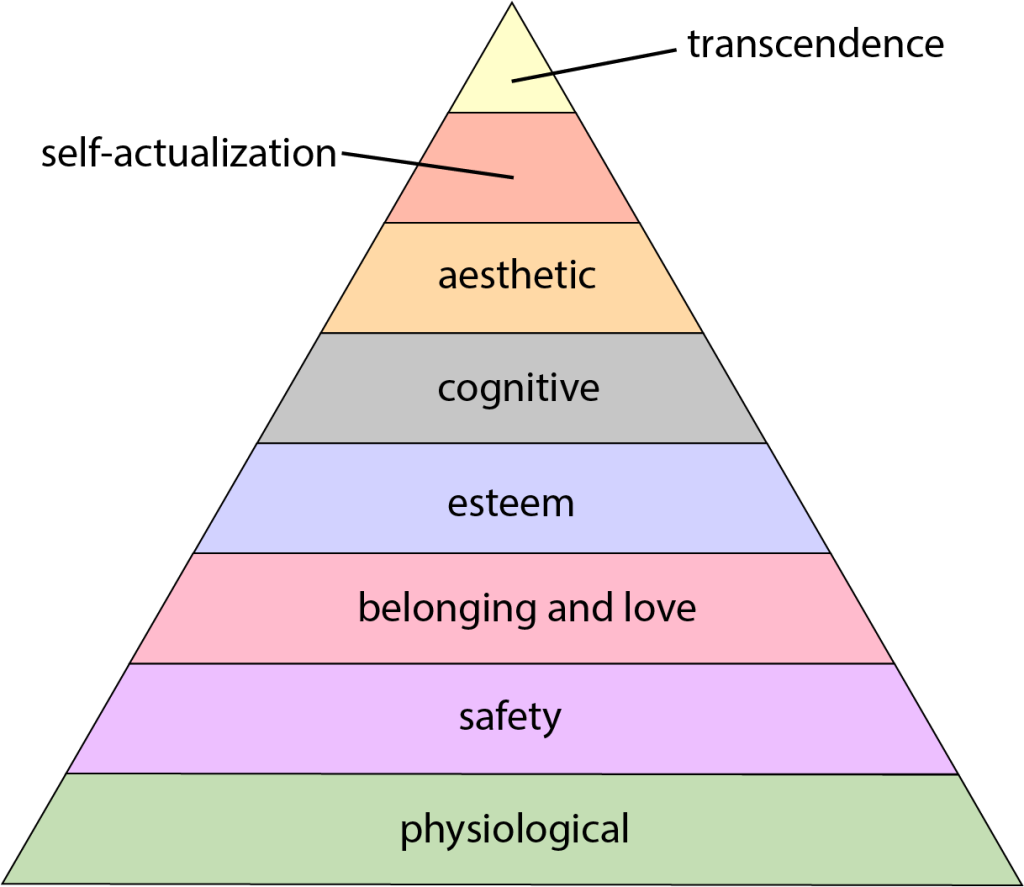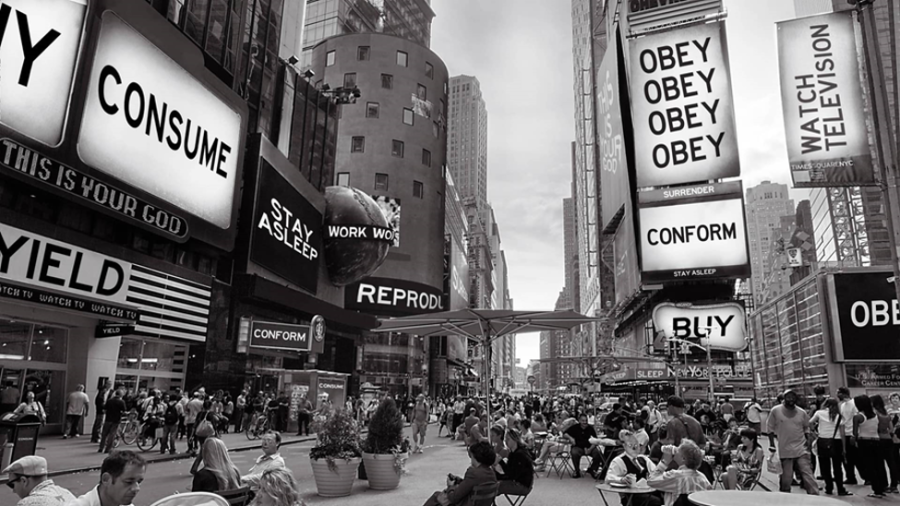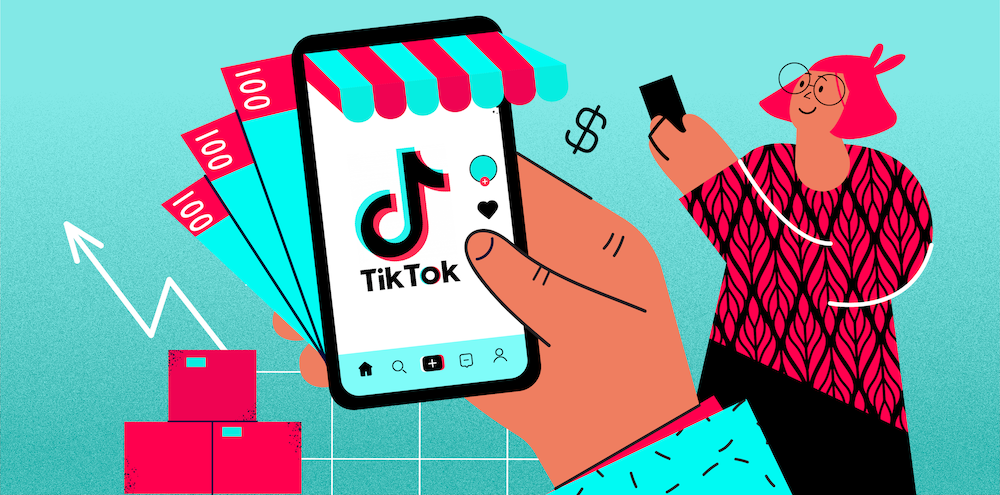Maslow’s hierarchy of needs

- Mask was an American social psychologist who developed the psychological idea ‘Hierarchy of Needs Theory’ which appeared in his paper ‘A Theory of Human Motivation’ published in the journal Heart Review in 1943. He argued that there are two different human needs, one physiological and one spiritual. He divided needs into five levels: physiological needs, safety needs, social needs, respect needs, and self-actualization needs (Maslow, Abraham H. 1943 ). This means that after people are well-fed and warmly dressed, there is a spiritual level of pursuit, people will want to listen to music, watch films and television, want to see art exhibitions… People will have a higher and higher demand for culture.
Culture Industry with TikTok
- The word culture industry was coined by critical theorists Theodor Adorno and Max Horkheimer, who suggested in the chapter ‘Enlightenment as Mass Deception’ (Adorno, Theodor, and Max Horkheimer. 1944.)in their book Dialectic of Enlightenment that “mass culture is like a factory that produces standardized cultural products – films, radio programs, magazines, etc.-used to manipulate mass society into passivity.” I argue that the culture industry plays an increasingly important role in modern society, covering a wide range of areas from traditional art forms to digital media and entertainment. The industry is characterized by a strong dependence on creativity and cultural capital, and a business model that transforms art and culture into economic gain, while also enriching the cultural life of society and satisfying people’s spiritual needs.
- In relation to the realities of life, this concept has changed significantly in recent years with the rise of social media platforms such as TikTok, a short-form video-sharing app that has not only revolutionized the way we consume and produce culture but has also started a new age of entertainment and influence. For example, anyone with a smartphone can be a content creator, and the platform’s algorithms ensure that videos can be distributed with relative ease (by using big data). This means that TikTok is not only a place for cultural consumption but also for the active production and sharing of culture, breaking the traditional system of the culture industry
- In a word, TikTok reflects the complex interactions between the culture industry and contemporary digital culture, with TikTok’s algorithms playing a key role in shaping the content that users see, which has both positive and negative impacts. It personalizes content according to user preferences, facilitating engagement and content consumption. However, it can also lead to standardization of content that may obscure the needs of some minorities and cause dissatisfaction.
Reference
- Adorno, Theodor. “Frankfurt School: The Culture Industry: Enlightenment as Mass Deception”. www.marxists.org. Retrieved 19 July 2022.
- McLeod, Saul (December 29, 2021) [2007]. “Maslow’s Hierarchy of Needs”. SimplyPsychology. Retrieved January 2, 2022.
- Maslow, Abraham H. (1943). “A theory of human motivation”. Psychological Review. 50 (4): 370–396.


